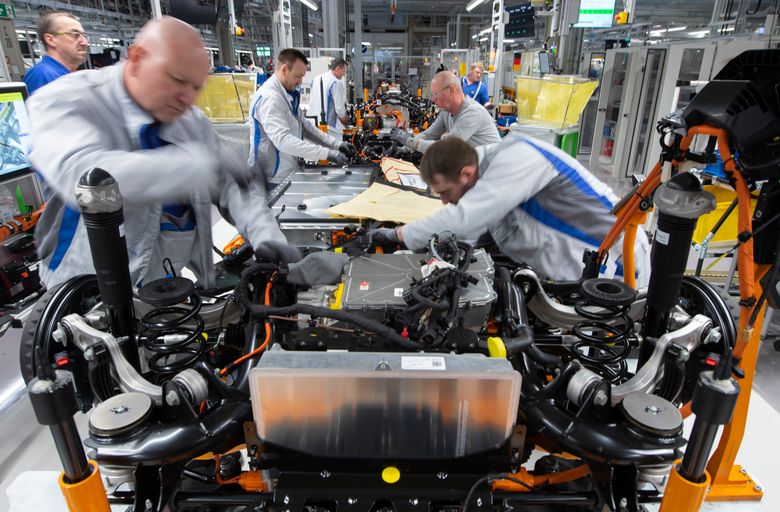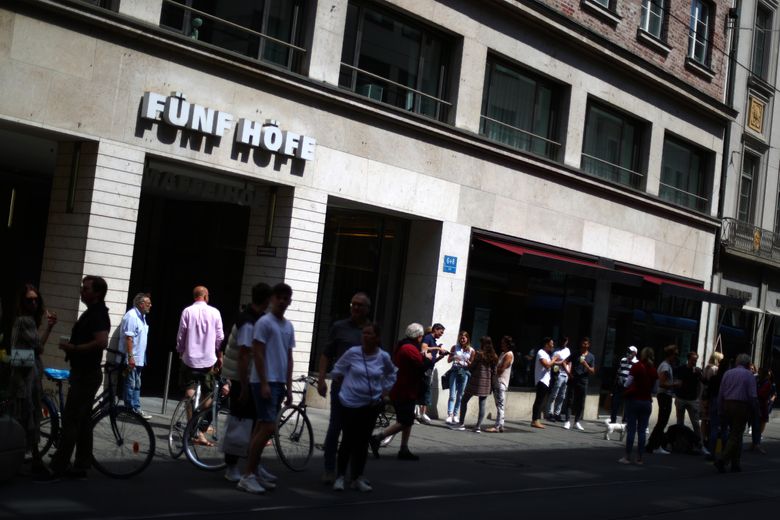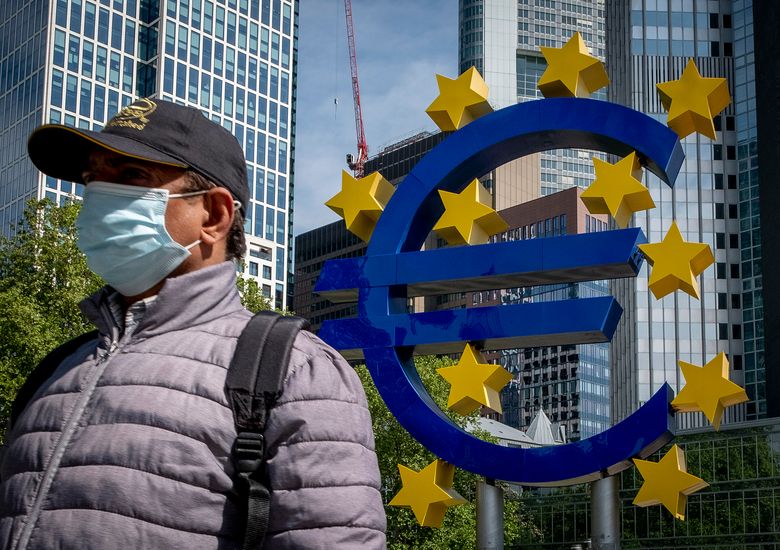German activity picks up, can’t escape official recession
by The Associated Press



FRANKFURT, Germany (AP) — A key indicator of German business outlooks bounced upward in May as more businesses and activities re-opened — but the index remained far below normal readings as Germany faced a long journey toward full recovery from the coronavirus downturn.
Revised official figures released separately Monday showed the economy has now recorded two straight quarters of falling output, meeting a commonly used definition of recession.
The Ifo institute index based on surveys of businesses rose to 79.5 from 74.2 in April, a strong increase but still far below normal. “The gradual easing of the lockdown offers a glimmer of hope,” said Ifo President Clemens Fuest.
Carsten Brzeski, chief eurozone economist at ING, said in a research note that “today’s Ifo index echoes more real-time signals that economic and social activity has started to pick up significantly since the first lifting of the lockdown measures in late April.”
He said the upturn from historic lows was “highly welcome” but “no reason for complacency or even hubris.” He said the German economy is unlikely to return to its pre-crisis level before 2022 even if there is no second wave of the virus outbreak.
Official statistics released Monday confirmed an earlier reading that the German economy shrank by 2.2% in the first quarter of the year compared with the same period in 2019. That was the biggest quarterly decline since the 2008-2009 global financial crisis.
The more detailed figures in the second release showed that private consumption and exports were the hardest hit. Investments in the engineering sector, construction and public expenditure helped prevent an even bigger downturn.
The figures revised growth for the last quarter of 2019 to minus 0.1%, meaning the country has recorded two straight quarters of falling output. Figures for the second quarter should show an even deeper downturn since the first-quarter figures only captured part of the lockdowns.
The Associated Press